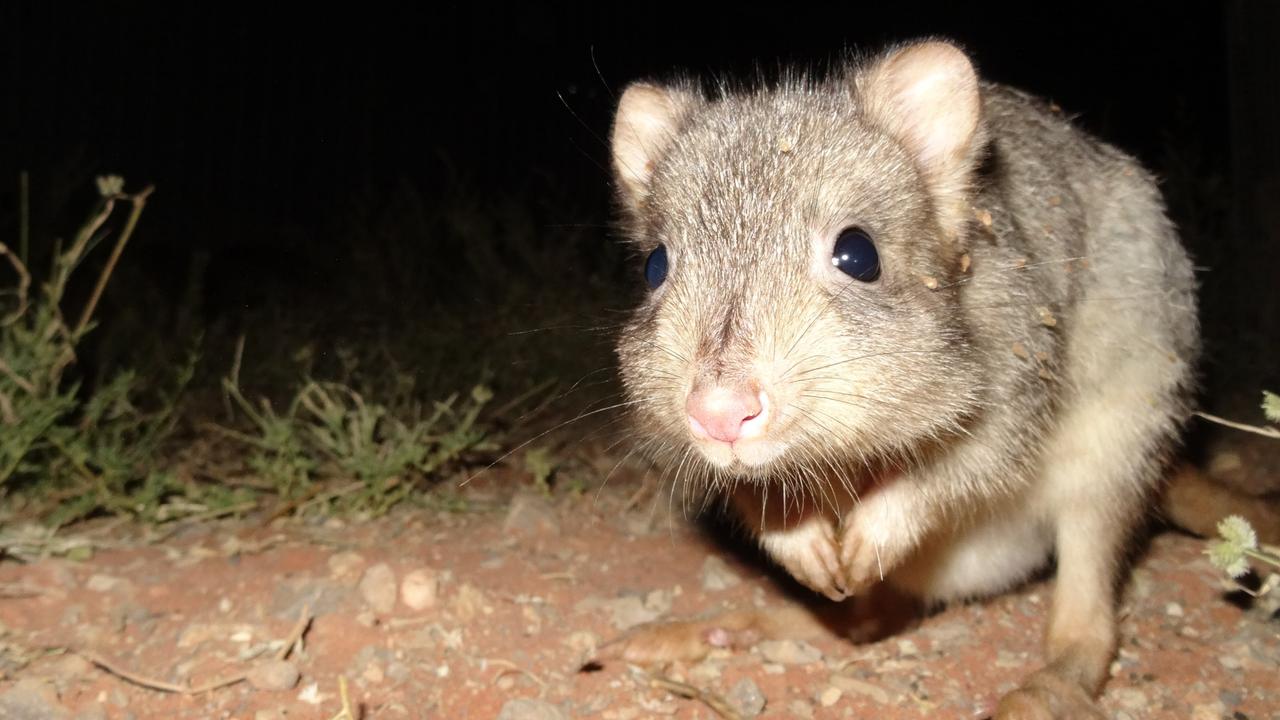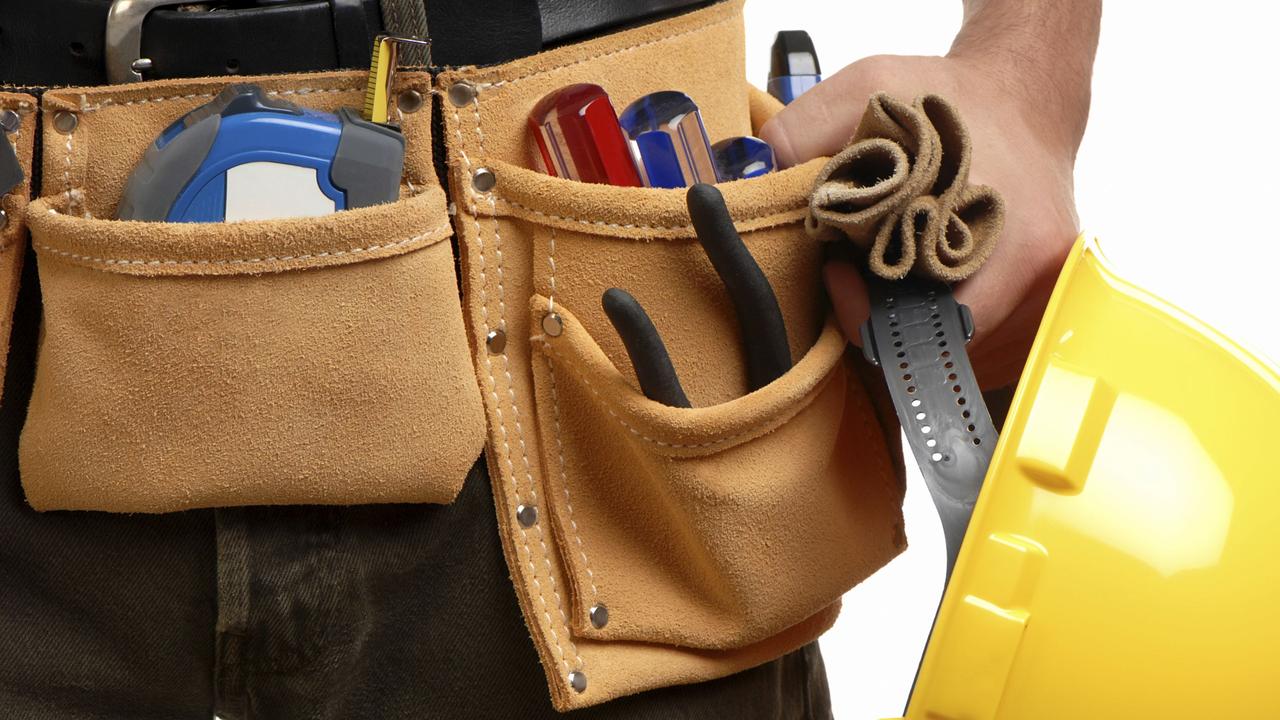The Lightburn Zeta, the strange Adelaide micro car
IT was the micro car — the Adelaide-built Lightburn Zeta, intended as a cheap second vehicle. You had to turn it off to get into reverse, and you couldn’t even drive it uphill. This one strange chapter of SA motoring history.

SA News
Don't miss out on the headlines from SA News. Followed categories will be added to My News.
- The old Adelaide pub’s we’ve lost
- Sad treatment of elephants in South Australia
- Remember when Chrylsers were made in Adelaide
- The golden years of Holden in SA
I MUST confess to having some fascination with Adelaide’s “other car”, the Lightburn Zeta.
As a city, we have a proud reputation in automotive production with both Holden and Chrysler cars. But back in the 1960s, there was also a third car, Australia’s “micro car”, manufactured by Lightburn Industries, which had, until 1963, manufactured tools, cement mixers, washing machines and fibreglass boats.
Harold Lightburn, the company’s owner and founder, was convinced that many Australians would like the convenience of a second car, but just couldn’t afford such a luxury. To get things started, he bought the rights to a British mini car; and then created a fibreglass Station Sedan body shell. Lightburn called it a “runabout”.

To those who knew him, Harold was an extremely ambitious man with a grand vision. His father had started his own small backyard factory making hand-operated concrete mixers, wheel barrows and garden tools, and young Harold grew up in this manufacturing environment.
On leaving school, he worked for a while in a factory making hydraulic jacks but, inspired by his father’s achievements, eventually left to start his own business, the Lightburn Company at Camden Park.
By the early Sixties, he was employing almost 500 people, but he dreamt of something much bigger — an Adelaide manufacturing business that would one day employ thousands and make cars, helicopters and submarines.
The Lightburn Zeta was his first step. It was small, relatively cheap at £595, and lightweight. The Zeta strategy was for a simple and cost effective engineering design — something so easy that a whitegoods manufacturer would be able to produce it in large numbers.


For the motorist, it would offer low-maintenance cost and be cheap to run. While the car achieved those goals, it unfortunately also produced underwhelming performance.
The basic configuration was a front-wheel-drive car, powered by a two-stroke engine, with gearbox, clutch, and differential mounted beneath the engine. It had independent suspension all around and the two-door body was made of glass-fibre reinforced plastic, with windows of Perspex and steel doors.
It all should have added up to a pretty good and cheap little car but the principal problem was the ZETA’s lack of power.
While the company’s advertising claimed a top speed of 60mph, only a brave few ever managed to get the car up to 50.
Acceleration was pitiful. The two-stroke’s lack of any real muscle made even a minor uphill slope a real test, while steep hills were completely out of the question.
According to reports from those who owned one, provided you were on level ground, kept up the revs and were quick with the gear changes, you would be able to keep the Zeta moving at a reasonable pace.

Around the city, the car’s length, good turning circle and ease of parking made it useful, but again with the overall lack of engine performance, it suddenly lost any advantage that it might have gained.
The most confusing thing however was the gearbox. It was four-speed forward with no reverse.
To travel in reverse, the engine had to be switched off and restarted “backwards”, which then provided four reverse gears.
The petrol gauge on the dashboard was a graduated glass tube section connected directly to the plastic petrol pipe feeding the engine. As a Wheels magazine road test put it, “it read anywhere from full to empty depending on gradient, throttle and probably Greenwich Mean Time”.
There was a Zeta two-door sedan, the Deluxe model, a Utility and the Zeta Sports (with no doors at all).

With all its weirdness of design and lack of any real engine power, the vehicle’s eventual success, or lack thereof, was also thwarted by some disastrous timing.
It was released on to the market at around the same time as the Morris Mini, which was only £60 more expensive and became something of a cult car of the era.
The final sales figures vary but I believe only 363 bodies were ever produced at the factory, and 283 completed cars made it to the showroom floor and were sold from 1963-66.
According to a sign in the National Motor Museum in Birdwood, only 48 of the sports model were made. The Utility was the rarest of the Zeta models with only eight produced.
Kym McGorm wrote on the Adelaide Remember When Facebook blog: “My father, Roy McGorm, was the chief engineer at Lightburn’s during this time and I can clearly remember him bringing home both the sedan and sports models. Even as a small child, I can remember noticing the huge difference between the Zetas and the Alpha Romeos that he also brought home.

“I can recall watching him on Channel 9 on Saturday mornings being interviewed by Lionel Williams about the Zeta. He was also in the team that completed an around-Australia rally in the Zeta.
“He would have a great laugh about the fact that although they had to push the Zeta over the finish line (I think the finish line was in Sydney), they did complete the rally. And they probably could have done it backwards.”
Today, Adelaide’s own Lightburn Zeta is considered one of the most eccentric Australian vehicles ever made.
Bob Byrne is the author of Adelaide Remember When and posts memories of Adelaide every day on Facebook.com/AdelaideRememberWhen


